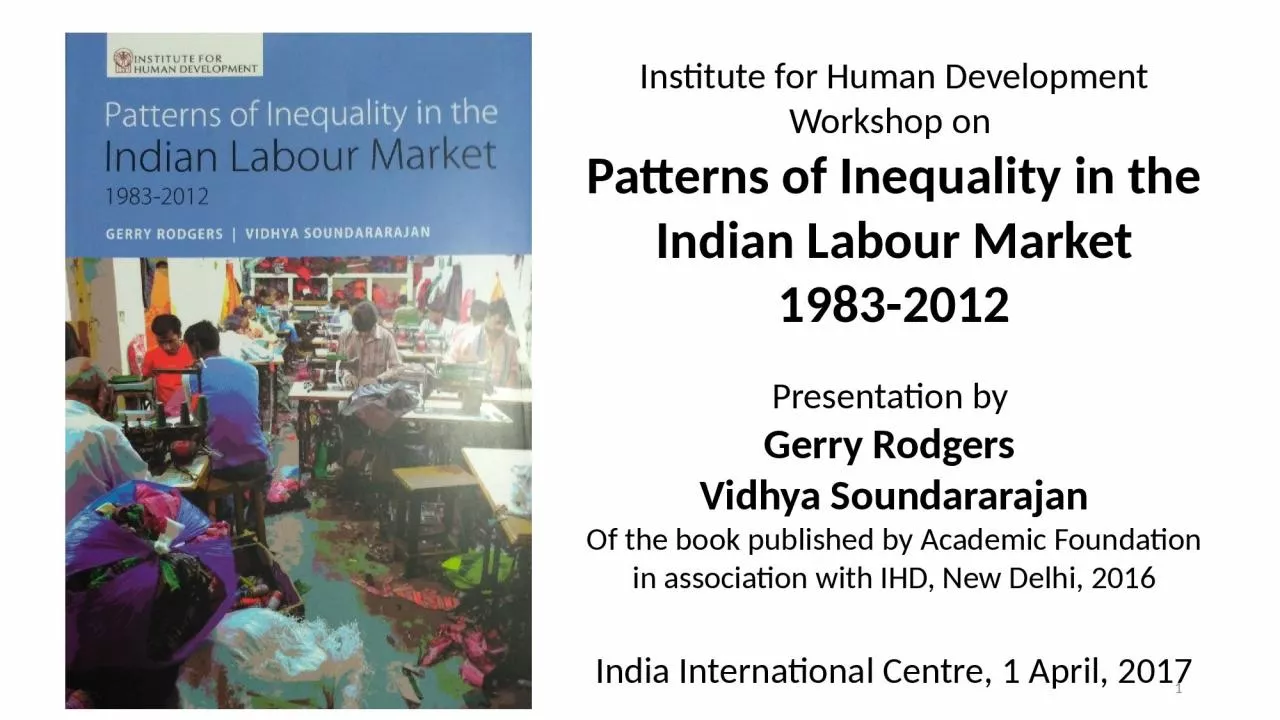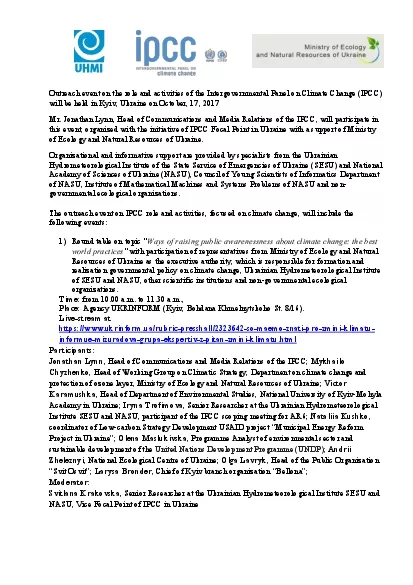PPT-Institute for Human Development
Author : margaret | Published Date : 2023-11-04
Workshop on Patterns of Inequality in the Indian Labour Market 19832012 Presentation by Gerry Rodgers Vidhya Soundararajan Of the book published by Academic
Presentation Embed Code
Download Presentation
Download Presentation The PPT/PDF document "Institute for Human Development" is the property of its rightful owner. Permission is granted to download and print the materials on this website for personal, non-commercial use only, and to display it on your personal computer provided you do not modify the materials and that you retain all copyright notices contained in the materials. By downloading content from our website, you accept the terms of this agreement.
Institute for Human Development: Transcript
Download Rules Of Document
"Institute for Human Development"The content belongs to its owner. You may download and print it for personal use, without modification, and keep all copyright notices. By downloading, you agree to these terms.
Related Documents














